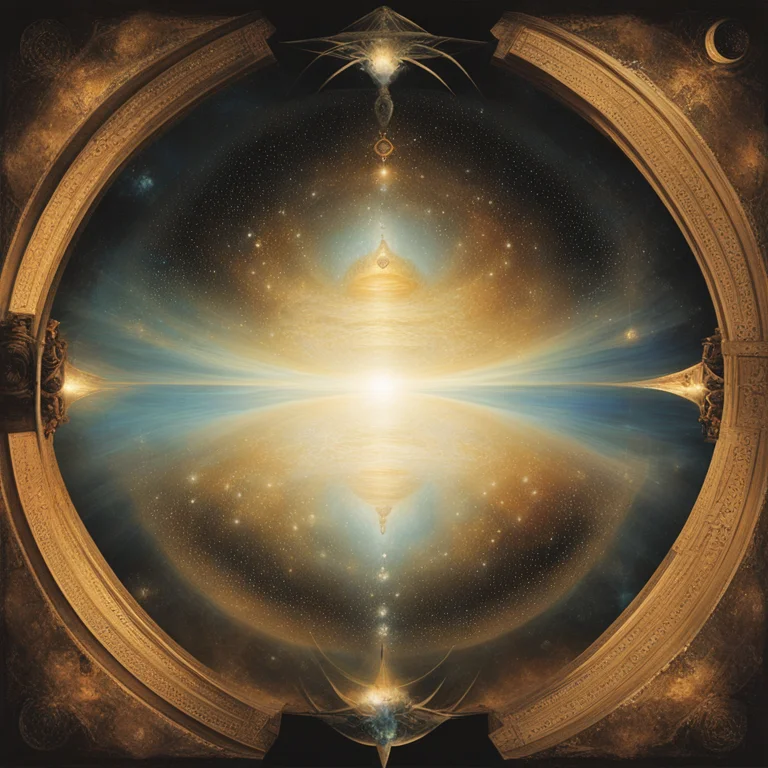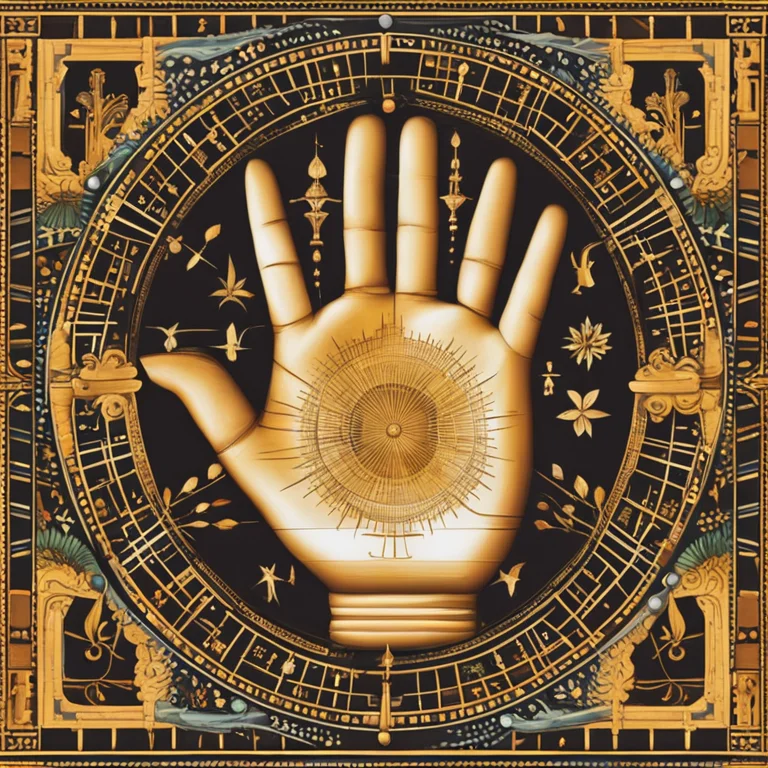
The Dawn of Palmistry: Tracing its Ancient Origins
An insightful peek into the roots of palmistry, exploring its historical inception and transformation through cultures and time.
article by Nora Pennington
The Genesis of Palm Reading
Palmistry, or chiromancy, is the ancient art of deciphering an individual’s character and foretelling their future by analyzing the features of their palm—lines, shapes, mounts, and markings. Its genesis can be traced to various cultural epicenters, with evidence scattered across continents. Considered one of the oldest forms of divination, palmistry's tentacles stretch back thousands of years, with roots deeply embedded in the mystic soil of India, China, and Egypt. Contrary to the notion of a singular point of origin, palmistry burgeoned independently across these ancient civilizations.

A Journey Through Cultures
The practice burgeoned under the vigilant gaze of Hindu sages in ancient India and later spread to China, Tibet, Persia, Egypt, and Greece. Its methodology and significance evolved with each culture, grafting unique interpretations and nuances onto the foundational art. In China, palmistry was intertwined with other esoteric arts, such as astrology and feng shui, reinforcing the belief system that the hands are a microcosm of the universe. Similarly, the mesmeric works of Greek philosophers, such as Anaxagoras, illuminated palmistry’s philosophical underpinnings in Western culture.

The Palmistry Texts
Historical imprints of palmistry can be found in sacred texts like the 'Vedas' in India, where it is linked to astrology and has served as a companion to the spiritual and existential explorations of life. The ‘I Ching’ of China reflects similar sentiments through its own ancient wisdom. In approximately the 3rd century BCE, the renowned scholar Aristotle purportedly penned a treatise on palmistry, presenting it to his student, Alexander the Great, who used it to examine the character of his military officers. Such accounts exhibit both the antiquity and the pervasiveness of palmistry throughout scholarly and elite circles in ancient times.

From Obscurity to Enlightenment
During the Middle Ages in Europe, palmistry, much like other occult practices, receded into the shadows, eclipsed by the prevailing religious doctrines that frowned upon divinatory arts. It wasn't until the Renaissance that palmistry re-emerged into the limelight, blending with the new wave of scientific inquiry and exploration. By the 17th century, Captain Caspar Melchior—a man of the seas, brought palmistry to the forefront of public imagination through his writings and studies, attempting to structure it as a science.

Modern Palmistry's New Digits
The modern era witnessed a renewed fascination with palmistry, primarily due to figures like William John Warner, also known as Cheiro, who is credited with bringing it to the Western masses in the late 19th and early 20th centuries. In the 21st century, palmistry continued to adapt, incorporating psychological and scientific perspectives. Techniques like dermatoglyphics, the study of fingerprints, and hand analysis add empirical dimensions to the art, reflecting its ever-adaptive and pluralistic nature even beyond the 2020s.
Embracing Palmistry in the Digital Age
Today, palmistry is embraced by many seeking self-insight and guidance, growing alongside digital platforms that offer personalized readings using algorithms and image recognition technology. This seamless blend of ancient traditions with cutting-edge technology has expanded palmistry's reach and popularity. As it stands in 2024, the ancient art continues to flourish both as a mystical portal and a tool for self-reflection, demonstrating its enduring appeal across ages and societies.
Published: 1/11/2024
Modified: 1/11/2024
More predictions
Come back here soon to learn more about yourself and your future


The Secrets of the Jupiter Mount & Palmistry
Discover the significance of the Jupiter Mount in palm reading and how it reflects your leadership and ambition.


Palm Lines: A Guide to Your Hands' Secrets
Learn the art of reading palm lines with our straightforward guide. Discover what your hands reveal about your personality, destiny, and life!


The Impact of the Jupiter Mount in Palmistry
Discover the impact of the Jupiter Mount on your life through palm reading. Learn about its meaning and significance in palmistry.